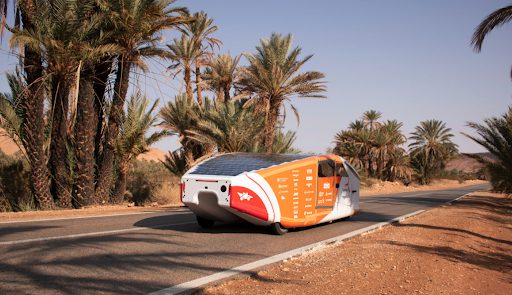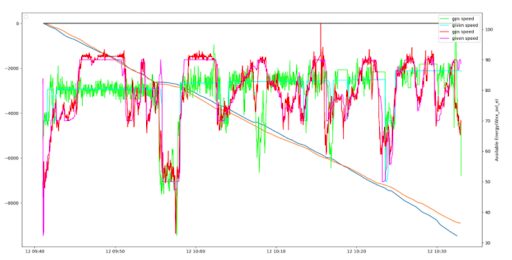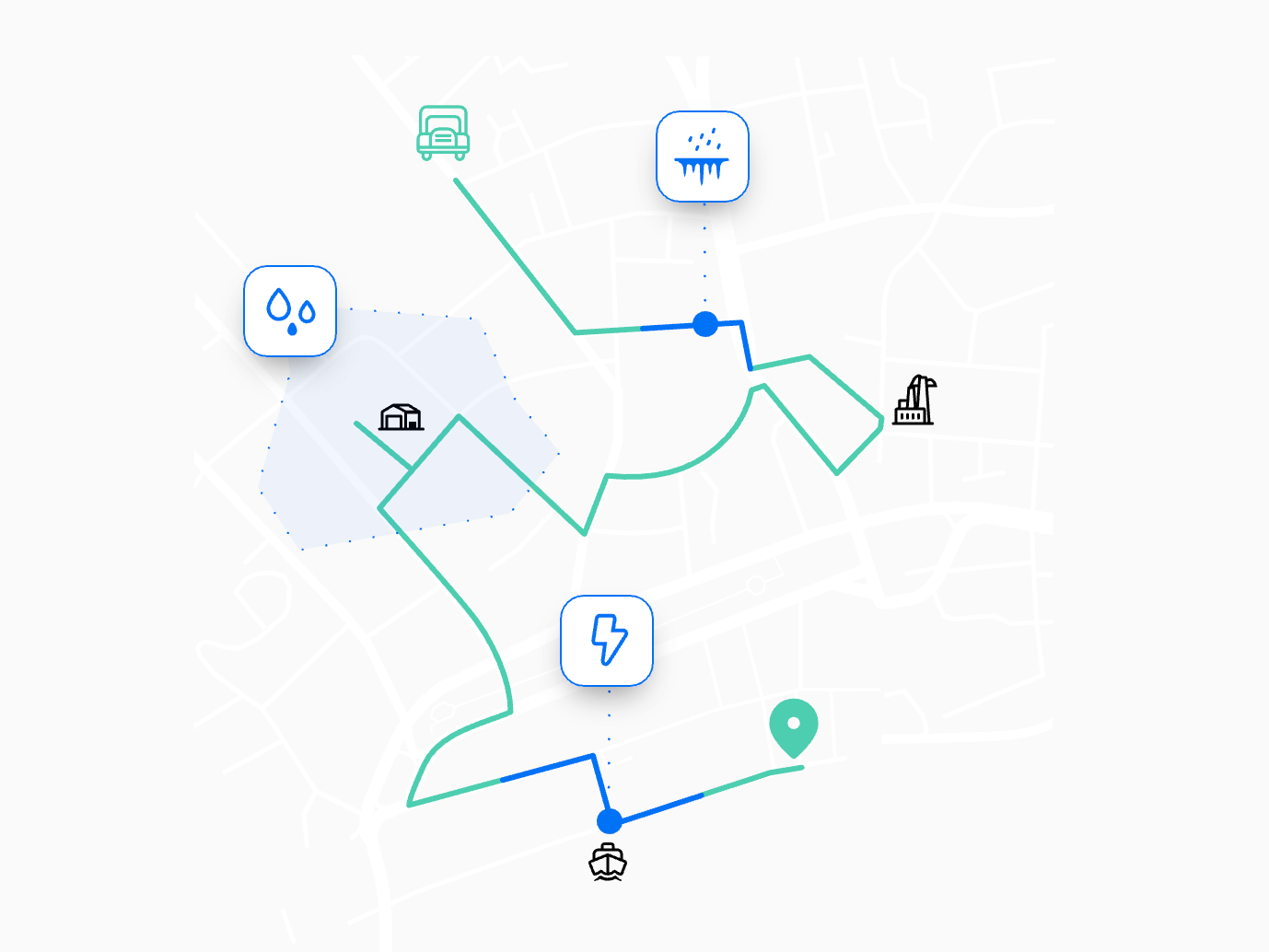For most cars and drivers, the weather has a big impact on safe and optimal driving conditions and automobile performance. For electric vehicles, the impact of wind, precipitation, and humidity on battery life and performance is even greater.
Now, what if you have a next-generation cruiser class solar electric vehicle to drive across the desert conditions of Morocco, or to traverse the entire distance of Australia from north to south?
That’s the challenge that Sander Tammer and his team at Solaride – an interdisciplinary education and cooperation project that gives students in Estonia professional and technical opportunities – undertook in building a completely street-legal solar car to compete at the 2023 Bridgestone World Solar Challenge in Australia. The primary race is still over a year away (the team also did a trial run at the Morocco Solar Challenge 2021) but the team continues to optimize and improve everything about the car, from its outer design to battery and motor performance to the software operating system that runs the car.

The software managing and optimizing the car’s performance? That’s where Tomorrow.io comes in. In order to understand and mitigate the impact of weather on the efficiency of the battery and the performance of the car and motor, Sander and the rest of the engineering team used the Tomorrow.io weather API to integrate, analyze, and adjust accordingly.
Integrating the Tomorrow.io Weather API
To improve the car’s performance and battery life and ensure it would be able to travel the entire 3,000 km at the World Solar Challenge seamlessly, Sander knew they had to manage the impact of weather, primarily wind resistance.

“We’re trying to calculate the most energy-efficient driving speeds of the car at all times,” said Sander. “The most crucial factor was aerodynamics, which we try our best to design the car along those principles, but it’s also important to take into account wind speed and wind direction, along with gravity, acceleration forces, and car auxiliary energy losses. So we needed somewhere to provide that type of weather data, and we found Tomorrow.io.”
Sander’s responsibility as part of the Solaride team working on the car was to design an optimal speed calculator (OSC) and formula that could take in these various weather inputs and quickly calculate the most energy-efficient speeds at all time. The car’s battery and motor can then adjust accordingly.
The team integrated the Tomorrow.io weather API into their system, and made calls regularly to retrieve specific weather conditions at hyperlocal coordinates and time forecast ranges. The weather parameters Sander called from the Tomorrow.io API were:
- Temperature, humidity, and air pressure to calculate air density
- Wind speed and wind direction to calculate relative wind resistance

And then with those factors, Sander’s OSC would then input aerodynamic forces (based on drag coefficient, car frontal area, air pressure, relative wind speed, and the car speed) along with predefined energy consumption limits to apply the optimal speed limit. In tests both in Estonia – driving from Tartu to Viljandi – and during the Morocco Speed Challenge 2021, the OSC led to an 8.25% more efficient run and car performance. That consisted of using 7.5% less energy to travel 0.7% distance further.
“We were very pleased with the results,” said Sander. “With the help of the Tomorrow.io API and weather data, we were able to advance this system much more forward. It was fantastic to have support from Tomorrow.io.”
The team isn’t resting on its laurels, believing it can improve the model and OSC even further before the actual race in 2023. They also have plans to input solar irradiance data to improve the efficiency of the solar panels on the car, as well as the aerodynamic design.
The Solaride solar car already uses 5x less energy than a normal passenger car on the road today. By continuing to improve its performance, Sander and the team of students and young professionals at Solaride have the potential to make serious impact in helping mainstream electric vehicles.















